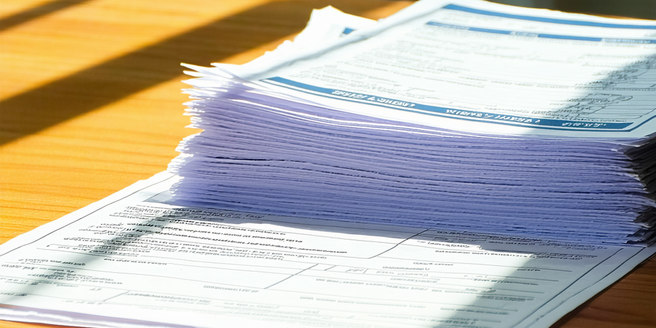Understanding Welfare Eligibility Requirements
Understanding welfare eligibility is crucial before you start your application. Each program has specific criteria based on factors such as income, household size, and residency status. Typically, these programs are designed to aid individuals and families who demonstrate financial need. It’s important to review the guidelines set by your local welfare office, as requirements might vary by state or program type. Knowing the eligibility criteria helps you avoid unnecessary delays in the process. Begin by gathering information about what constitutes as income, any mandatory work requirements, and citizenship status. Understanding these fundamentals will ensure you are properly prepared to apply and can focus your efforts on compiling the necessary documentation.
Gathering Necessary Documentation
When preparing to apply for welfare, having all required documentation on hand is essential. Key documents generally include proof of identity, income verification such as pay stubs, and residency confirmation like a utility bill. Some programs may require additional paperwork, including asset information and household composition details. Start by preparing copies of these documents to streamline the application process. Keeping your paperwork organized will make it easier to complete the application accurately and efficiently. Reach out to your local welfare office in advance to confirm any specific documents that might be needed for your application, as this varies by state and program.
Filling Out the Application Form
Filling out the welfare application form accurately is a critical step in the process. Begin by carefully reading through each section and providing complete and truthful answers. Most applications will require detailed information about your financial situation, household members, and employment status. Ensure that all fields are filled out to the best of your knowledge. Misstatements or omissions can lead to delays or denials. Utilizing resources like guides provided by your local welfare office can be beneficial. If you have questions or need clarification during this step, consider contacting a representative to aid you in completing the form correctly.
Submitting Your Welfare Application
After filling out your application form and gathering all required documents, the next step is submission. Depending on the program, you might have the option to submit your application online, by mail, or in person. Verify the submission instructions, as completing this step incorrectly could postpone your case’s review. Make sure to double-check all your details before finalizing the submission. For online applications, ensure your documents are appropriately scanned and uploaded. For in-person submissions, make an appointment if necessary. Once submitted, keep a receipt or confirmation of your application. This proof of submission can be crucial if any issues arise with processing.
Attending Required Interviews
Once your application is submitted, you may be required to attend an interview as part of the assessment process. This interview helps case workers verify the information provided and assess your situation further. Be prepared to discuss your financial circumstances, employment status, and household details. It’s crucial to bring any additional documentation that might be requested. Be honest and straightforward with the interviewer, as this can significantly impact the outcome. If you’re unsure about what to expect or need help preparing, consult with the welfare office beforehand to understand the process and ensure you’re fully prepared.
Receiving Your Welfare Benefits Decision
After completing your interview and all submission requirements, you will receive a decision regarding your welfare benefits. The time it takes to process the decision varies by program and location. If approved, you’ll receive information about your benefits package and how to access them. Should you be denied, review the decision letter carefully to understand the reasons. Often, it’s possible to appeal the decision or reapply if your situation changes. Ensure you keep track of correspondence from the welfare office and reach out for clarification if needed. Understanding the next steps post-decision is crucial for managing your welfare benefits effectively.



